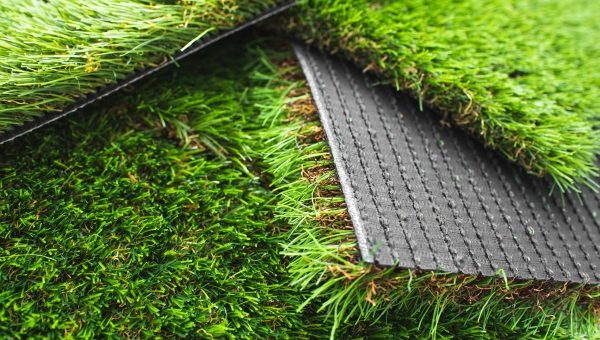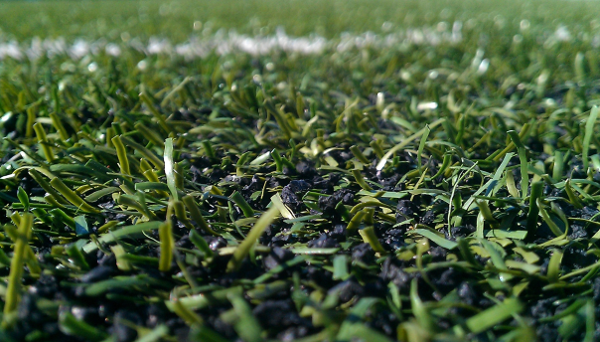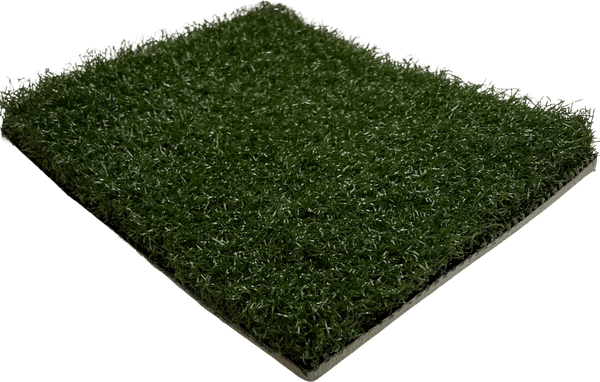Professional Arizona Turf Providers Ensuring a Natural-Looking Lawn Alternative
Professional Arizona Turf Providers Ensuring a Natural-Looking Lawn Alternative
Blog Article
Explore the Environmental Conveniences of Opting for Artificial Turf Solutions
The fostering of fabricated grass solutions offers a compelling chance to address pressing ecological obstacles. By significantly decreasing water use and minimizing the application of harmful chemicals, these choices not just promote lasting landscape design however also shield neighborhood communities.
Water Preservation Conveniences
One of the most substantial advantages of synthetic grass is its capability to conserve water. Conventional turf lawns call for considerable irrigation, especially in locations prone to drought or water limitations. In contrast, man-made lawn does not require watering, considerably minimizing the general need for water sources. This attribute is specifically helpful in deserts where water shortage is a pushing problem.
By eliminating the requirement for regular watering, synthetic grass adds to sustainable landscape practices and assists reduce the environmental influence of extreme water consumption. Furthermore, the conservation of water encompasses the reduction of overflow, which can result in dirt disintegration and river pollution.
In addition, the installment of synthetic grass enables home owners and towns to allot water sources more efficiently, concentrating on crucial usages such as drinking water and agriculture. The shift towards synthetic grass not just promotes responsible water usage however additionally aligns with broader environmental goals focused on maintaining natural resources.
As areas progressively focus on sustainability, the water preservation benefits of synthetic grass offer a compelling instance for its fostering in industrial and residential landscaping tasks.
Decreased Chemical Use
The transition to synthetic grass significantly decreases the dependence on chemical therapies generally used in natural turf maintenance. Traditional lawn monitoring generally involves the application of pesticides, fertilizers, and herbicides to promote growth and control parasites. These chemicals can pose threats to human wellness, neighborhood wildlife, and the setting, adding to soil and water contamination.
On the other hand, synthetic grass removes the requirement for these dangerous compounds. Once set up, it needs marginal upkeep, primarily containing regular cleansing and irregular infill replenishment. This reduction in chemical use not just benefits the prompt setting but additionally adds to more comprehensive environmental stability. By lessening the release of synthetic substances into the ecological community, man-made turf promotes healthier dirt and water systems.
Moreover, the absence of chemical overflow related to synthetic grass setups assists shield regional waterways from air pollution, supporting water life and keeping biodiversity. Artificial turf companies phoenix. As neighborhoods increasingly focus on sustainable practices, selecting synthetic grass offers a viable option that straightens with environmental preservation goals. Through this shift, residential property proprietors can delight in rich eco-friendly rooms without compromising environmental wellness, leading the way for a more lasting future
Reduced Carbon Footprint

Furthermore, the setup of synthetic grass can lead to considerable water preservation. All-natural grass need substantial quantities of water for watering, which not just contributes to the carbon impact linked with water removal and treatment but also pressures neighborhood water resources. On the other hand, synthetic grass requires marginal maintenance, needing no watering, therefore considerably decreasing water usage and its linked power expenses.
In addition, the longevity of artificial lawn adds to its decreased carbon impact. With a life-span of up to 15 years or more, the need for regular substitutes is decreased, causing much less waste and lower power consumption in manufacturing and disposing of typical grass choices. On the whole, artificial lawn offers a sustainable alternative for eco mindful landscape design.
Environment Conservation
Environment preservation is a crucial consideration Home Page in the debate over landscape design options, specifically when comparing synthetic grass to natural turf. All-natural turf lawns usually require considerable upkeep, consisting of the use of herbicides, chemicals, and fertilizers, which can detrimentally influence neighborhood communities. These chemicals can seep into the dirt and waterways, hurting native vegetation and animals and interfering with neighborhood environments.
Synthetic turf removes the requirement for hazardous chemicals, thereby securing close-by wildlife and keeping the stability of bordering communities. The setup of synthetic turf can lead to the conversion of previous grass areas right into more biodiverse landscapes, such as pollinator gardens or native plant locations, which can sustain neighborhood wild animals.
Inevitably, the change to synthetic grass not only conserves water and reduces maintenance efforts but additionally cultivates an extra unified connection in between human activities and the native environment, promoting environment conservation in the procedure.
Long-Term Sustainability
Long-lasting sustainability is a vital element in reviewing the benefits of synthetic grass over typical lawn yards. One of the most significant advantages of synthetic grass is its resilience; it can last approximately 15-20 years with minimal maintenance, whereas natural lawn needs constant reseeding and substitute. This long life lowers the requirement for constant sources, such as water, fertilizers, and chemicals, which are necessary for maintaining a healthy and balanced turf yard.
Furthermore, synthetic grass adds to a decrease in carbon discharges related to lawn treatment tools. Standard lawns usually call for gas-powered lawn mowers, leaners, and blowers, all of which add to air pollution. Artificial turf companies phoenix. On the other hand, artificial turf eliminates the need for such devices, promoting a cleaner setting
Additionally, the production of artificial grass significantly utilizes recycled products, enhancing its sustainability profile. As producers take on environmentally friendly techniques, the ecological impact of synthetic grass proceeds to diminish.

Final Thought
The adoption of synthetic grass services presents substantial environmental advantages, consisting of substantial water conservation, minimized reliance on harmful chemicals, and a reduced carbon footprint. Man-made lawn help in preserving natural habitats by decreasing land disturbance and promoting lasting sustainability through the use of sturdy products. Jointly, these aspects highlight the capacity of synthetic grass to add favorably to ecological health check these guys out and wellness and offer a sensible alternative to traditional landscape design techniques in a significantly resource-conscious globe.
In contrast, artificial grass does not require watering, considerably decreasing the general need for water sources. By minimizing the release of artificial substances into the ecological community, artificial grass advertises much healthier soil and water systems.
Moreover, the installment of synthetic lawn can result in significant water conservation. In comparison, man-made turf needs marginal maintenance, needing no watering, thereby considerably reducing water usage and its connected power costs.

Report this page